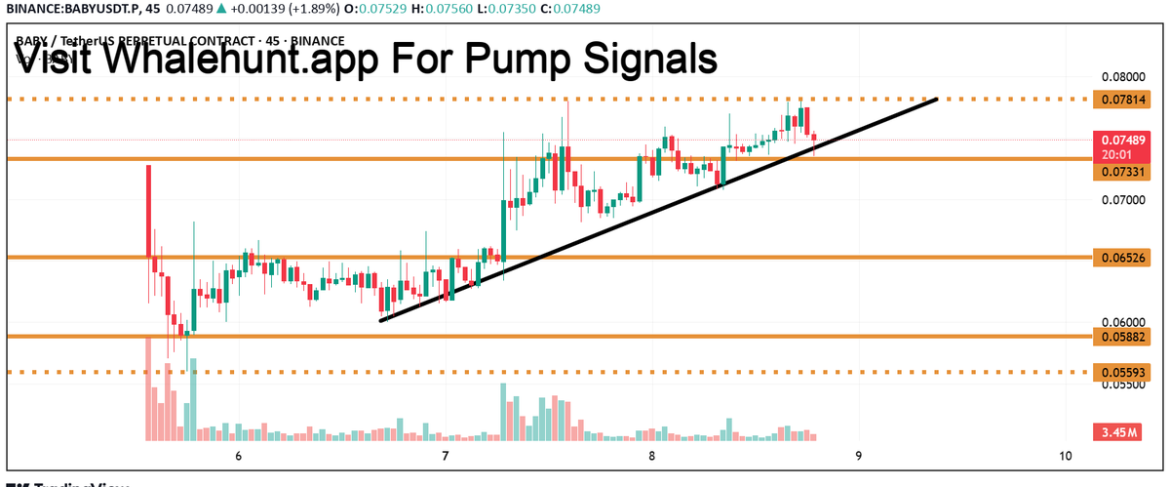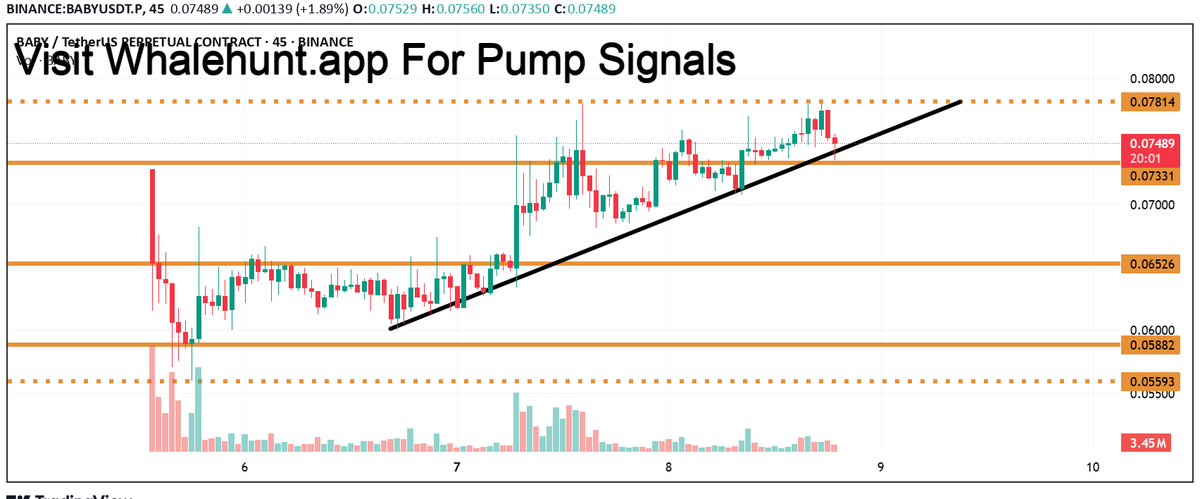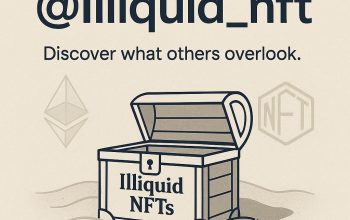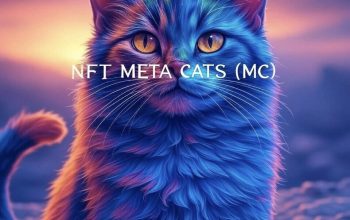A New Era of Digital Ownership
Imagine a world where your digital assets, whether they are concert tickets, digital art, or even your academic diplomas, are not just images on a screen but unique, verifiable assets that you truly own. This is the promise of Non-Fungible Tokens (NFTs), a technology that has evolved rapidly in recent years, transforming the way we think about digital ownership and blockchain infrastructure.
NFTs are unique digital assets verified using blockchain technology. Unlike cryptocurrencies such as Bitcoin or Ethereum, which are fungible and can be exchanged on a one-to-one basis, NFTs are distinctive and cannot be replaced on a like-for-like basis. This uniqueness makes them ideal for representing ownership of specific items or rights.
The Current State of the NFT Market
The NFT market has seen significant growth and transformation. Initially, NFTs gained popularity as a way to buy and sell digital art. However, the use cases for NFTs have expanded far beyond digital art. Today, NFTs are being used in various industries, from gaming and music to real estate and supply chain management.
Digital Art and Beyond
One of the most well-known applications of NFTs is in the digital art world. Artists can now sell their digital creations as unique, verifiable assets, ensuring that buyers own the original piece. This has opened up new revenue streams for artists and has created a vibrant market for digital art. For instance, the digital artist Beeple sold an NFT for $69 million, highlighting the potential value of digital art in the NFT space.
Gaming and Virtual Worlds
The gaming industry has also embraced NFTs, using them to represent in-game items, characters, and even virtual real estate. This allows players to truly own their in-game assets, which can be traded or sold outside of the game. For example, the game Axie Infinity uses NFTs to represent its in-game creatures, allowing players to buy, sell, and trade them on various marketplaces.
Music and Entertainment
In the music industry, NFTs are being used to represent ownership of songs, albums, and even concert tickets. This allows artists to have more control over their work and fans to have a more direct connection with their favorite musicians. For instance, the musician Grimes sold digital art and music as NFTs, generating significant revenue and fan engagement.
Real Estate and Supply Chain
Beyond entertainment, NFTs are also being used in real estate and supply chain management. In real estate, NFTs can represent ownership of physical properties, making the buying and selling process more efficient and secure. In supply chain management, NFTs can be used to track the provenance of goods, ensuring transparency and authenticity.
Blockchain Infrastructure: The Backbone of NFTs
The evolution of NFTs is closely tied to the advancements in blockchain infrastructure. Blockchain technology provides the security and transparency needed to verify the authenticity and ownership of NFTs. As blockchain infrastructure continues to improve, so too will the functionality and potential applications of NFTs.
Layer-2 Solutions
One of the key advancements in blockchain infrastructure is the development of layer-2 solutions. These solutions aim to improve the scalability and efficiency of blockchain networks, making them more suitable for widespread adoption. For example, the Ronin Network, a layer-2 solution for Ethereum, has been used to create the Fishing Frenzy Founders Pass NFT Collection[3]. This collection allows holders to access exclusive benefits and rewards within the Fishing Frenzy game, demonstrating the potential of NFTs in the gaming industry.
Energy Efficiency
Another important aspect of blockchain infrastructure is energy efficiency. Traditional blockchain networks, particularly those that use proof-of-work consensus mechanisms, have been criticized for their high energy consumption. However, the development of more energy-efficient consensus mechanisms, such as proof-of-stake, offers a potential solution to this problem. Ethereum, for instance, is transitioning to a proof-of-stake mechanism, which is expected to significantly reduce its energy consumption.
The Future of NFTs: Beyond Digital Art
As the NFT market continues to evolve, we can expect to see even more innovative use cases for this technology. One area with significant potential is the music industry. NFTs can be used to represent ownership of songs, albums, or even concert tickets. This would allow artists to have more control over their work and fans to have a more direct connection with their favorite musicians.
Music and Entertainment
In the music industry, NFTs are being used to represent ownership of songs, albums, and even concert tickets. This allows artists to have more control over their work and fans to have a more direct connection with their favorite musicians. For instance, the musician Grimes sold digital art and music as NFTs, generating significant revenue and fan engagement.
Real Estate
Another promising area is real estate. NFTs can be used to represent ownership of physical properties, making the buying and selling process more efficient and secure. Additionally, NFTs can be used to represent fractional ownership of properties, allowing more people to invest in real estate. This could democratize access to real estate investment, making it more accessible to a broader range of investors.
Supply Chain and Logistics
In supply chain and logistics, NFTs can be used to track the provenance of goods, ensuring transparency and authenticity. This can help to combat counterfeiting and improve supply chain efficiency. For example, luxury brands can use NFTs to verify the authenticity of their products, providing consumers with greater confidence in their purchases.
Challenges and Opportunities
Despite the promising potential of NFTs, there are still challenges that need to be addressed. One of the main challenges is the environmental impact of blockchain technology. The energy consumption of blockchain networks, particularly those that use proof-of-work consensus mechanisms, has been a subject of controversy. However, the development of more energy-efficient consensus mechanisms, such as proof-of-stake, offers a potential solution to this problem.
Regulatory Environment
Another challenge is the regulatory environment. As NFTs become more mainstream, governments and regulatory bodies are paying more attention to this technology. It is essential to strike a balance between regulation and innovation to ensure the sustainable growth of the NFT market. Regulatory frameworks need to be developed that protect consumers while also allowing for innovation and growth in the NFT space.
Market Volatility
Market volatility is another challenge facing the NFT market. The value of NFTs can be highly volatile, making them a risky investment. This volatility can be a barrier to widespread adoption, as potential investors may be hesitant to invest in an asset with such uncertain value. However, as the market matures and more use cases emerge, we can expect to see greater stability in NFT prices.
Conclusion: Embracing the Future of Digital Ownership
The evolution of NFTs represents a significant shift in how we think about digital ownership and the potential applications of blockchain technology. From digital art to gaming, music, and real estate, the use cases for NFTs are vast and varied. As blockchain infrastructure continues to improve, we can expect to see even more innovative applications of this technology.
The future of NFTs is bright, but it is not without its challenges. Addressing issues such as environmental impact, regulatory uncertainty, and market volatility will be crucial for the sustainable growth of the NFT market. However, with the right approach, NFTs have the potential to revolutionize the way we think about ownership and digital assets.
As we look to the future, it is essential to embrace the opportunities that NFTs present while also being mindful of the challenges. By doing so, we can ensure that this technology reaches its full potential and benefits society as a whole. The journey of NFTs is just beginning, and the possibilities are endless. It is up to us to shape this future and create a world where digital ownership is secure, transparent, and accessible to all.





